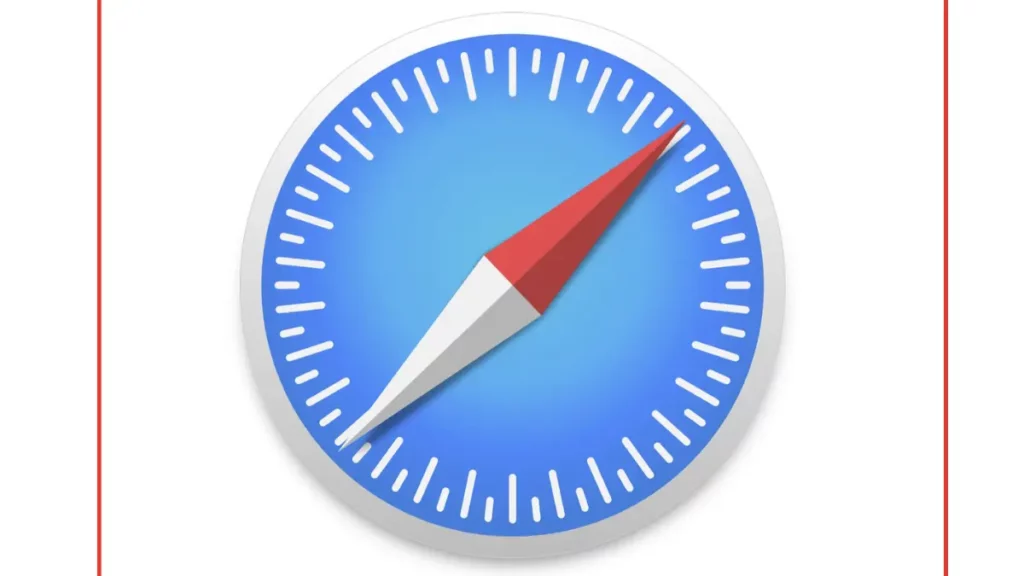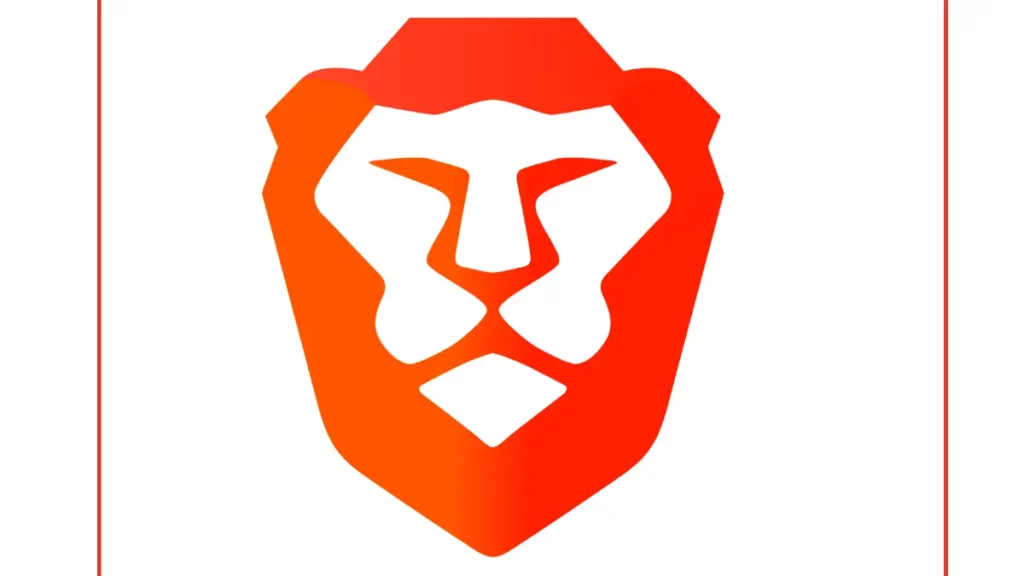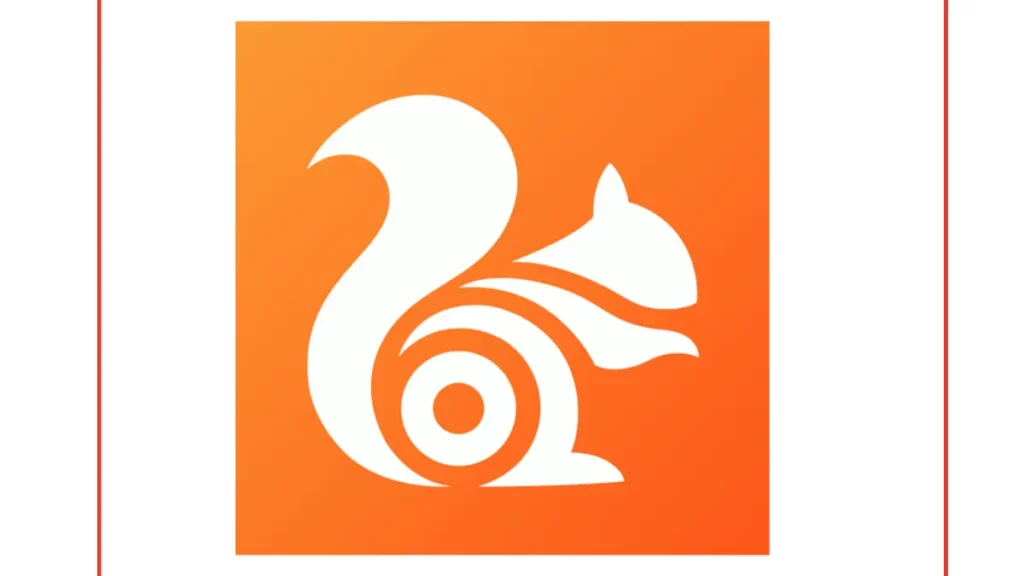20 Web Browsers Examples – Popular Web Browsers
Examples of web browsers
Web browsers are essential software applications used to access and navigate the internet. When looking for a modern example of web browser technology, most people immediately think of the “Big Four”: Google Chrome, Mozilla Firefox, Apple Safari, and Microsoft Edge. These are the most common examples of browsers used across desktops and mobile devices today.
Each of these examples of web browsers offers unique features tailored to different user needs. For instance, Chrome is known for its speed and deep integration with Google services, while Safari is optimized for energy efficiency on Apple hardware.
Popular Web Browsers Examples
These examples of web browsers are used by millions of people worldwide:
| Browser | Key Feature | Use Case |
| Google Chrome | Fast, with thousands of extensions | Top choice across the globe |
| Mozilla Firefox | Privacy-focused with add-ons | Great for students needing customization |
| Microsoft Edge | Built into Windows, fast performance | Best for Windows users |
| Apple Safari | Energy efficient, smooth on Apple devices | Perfect for iPhone and Mac users |
These examples of web browsers are the most popular choices globally.

1. Google Chrome
Google Chrome is one of the most popular web browsers. It is known for its speed and simple design. Chrome offers a clean interface and easy navigation. Many users choose it as their top browser. Chrome is also highly customizable. It has thousands of extensions and themes available.

2. Mozilla Firefox
Firefox is another widely used web browser. It is known for its privacy and security features. Firefox offers many customizable settings. Users can adjust their browsing experience easily. Firefox also has a large community. Developers create add-ons and extensions for extra functionality.

3. Apple Safari
Safari is the default web browser on Apple devices. It is known for fast performance and energy efficiency. Safari offers a clean, user-friendly interface. It includes built-in privacy features like Intelligent Tracking Prevention.

4. Microsoft Edge
Microsoft Edge is the default web browser for Windows. It is designed for speed, security, and ease of use. Edge offers many features including reading mode and Cortana assistant. It works well with Microsoft’s productivity tools.

5. Opera
Opera is a lesser-known but it is highly capable web browser that offers a range of features, including a built-in VPN, ad blocker, and battery saver mode. It is also highly customizable, with a range of themes and extensions available.

Privacy and Security Browsers Examples
These examples of web browsers focus on keeping your data safe:
| Browser | Key Feature | Use Case |
| Brave | Blocks ads/trackers by default | Everyday private browsing |
| Tor Browser | Anonymity via server routing | Sensitive or censored browsing |
| Epic Privacy Browser | Blocks ads, trackers, fingerprinting | Security-conscious users |
| Comodo Dragon | Security-focused, built on Chromium | Safe browsing for businesses |
These examples of Privacy web browsers focus on privacy and security.
5. Brave
Brave is a privacy-focused web browser. It blocks ads and trackers by default. Brave also includes a built-in ad and tracker blocker. This makes it popular for those who care about online privacy.

6. Tor Browser
Tor Browser is a highly secure web browser. It offers anonymity by routing user traffic through servers. This enhances privacy greatly. Journalists, activists, and people in censored countries often use it.

7. Epic Privacy Browser
Epic Privacy Browser focuses on user privacy. It blocks ads, trackers, and fingerprinting by default. Epic does not store your browsing history. It is perfect for security-conscious users.
8. Comodo Dragon
Comodo Dragon is a security-focused browser. It is built on Chromium for safe browsing. Dragon offers extra security features for businesses and careful users.
Mobile-Friendly Browsers Exaples
These examples of web browsers work great on phones and tablets:
| Browser | Key Feature | Use Case |
| UC Browser | Data compression technology | Great for limited data plans |
| Samsung Internet | Optimized for Samsung devices | Best for Samsung phone users |
| Google Chrome Mobile | Syncs with desktop version | Perfect for cross-device browsing |
| Opera Mobile | Built-in VPN and ad blocker | Good for mobile privacy |
These web browsers are optimized for mobile devices.
9. UC Browser
UC Browser is developed by UCWeb, part of Alibaba Group. It is known for data compression technology. This makes it suitable for users with limited bandwidth. UC Browser is very popular in Asia. It offers features like video downloading and incognito mode.

10. Samsung Internet Browser
Samsung Internet is mobile-friendly and optimized for Samsung Android devices. It offers a smooth browsing experience on Samsung phones. The browser includes privacy features and ad-blocking options.
Lightweight Browsers Examples
Lightweight browsers like Puffin, Pale Moon, Maxthon, and K-Meleon use less memory. They work well on older or slow devices. These examples of web browsers use less computer memory and work on older devices:
| Browser | Key Feature | Use Case |
| Pale Moon | Low resource usage | Perfect for old computers |
| Maxthon | Built-in features, lightweight | Good for multitasking |
| Puffin Browser | Cloud-based speed | Fast for slow internet connections |
These web browsers are lightweight and efficient.
11. Pale Moon
Pale Moon is a lightweight web browser. It is designed to be fast and efficient. Pale Moon is highly customizable. Users can personalize their browsing experience easily. It is known for working well with older operating systems.

12. Maxthon
Maxthon is a web browser with many built-in features. It includes ad blocking, password manager, and split-screen view. Maxthon is good for multitasking. It is highly customizable with many skins and extensions available.

13. Puffin Browser
Puffin Browser is cloud-based and very fast. It works well on low-spec devices or slow networks. Puffin is perfect for users in areas with limited internet speed. It also saves data by compressing pages—great for users with limited bandwidth. Puffin keeps browsing secure by encrypting your connection, even on public Wi-Fi. It’s perfect for fast, safe browsing on low-end devices.
Customizable Browsers
These examples of web browsers let you change how they look and work:
| Browser | Key Feature | Use Case |
| Vivaldi | Very high customization options | Power users who want control |
| Opera | Built-in VPN, ad blocker, themes | Users who want extra features |
| Firefox | Many add-ons and themes available | Students and developers |
These examples of web browsers offer high customization.
14. Opera
Opera is a capable web browser with many features. It offers a built-in VPN, ad blocker, and battery saver mode. Opera is highly customizable. It has many themes and extensions available.
15. Vivaldi
Vivaldi is a web browser that focuses on customization. It offers many options for users to personalize their experience. Vivaldi includes features like tab grouping, note-taking, and screen capture tools.

20 Web Browser Name List
Here are 20 web browser names:
- Google Chrome
- Mozilla Firefox
- Apple Safari
- Microsoft Edge
- Opera
- Internet Explorer
- Netscape Navigator
- WorldWideWeb
- Brave
- Vivaldi
- Tor Browser
- Arc Browser
- Chromium
- Maxthon
- UC Browser
- Epic Privacy Browser
- Puffin Browser
- Comodo Dragon
- Dolphin Browser
- Midori Browser
Related MCQs
1. What is the primary purpose of a web browser?
- a) To display PDF files
- b) To search the internet without user interaction
- c) To retrieve, present, and navigate information on the World Wide Web
- d) To create web pages from scratch
Answer: c) To retrieve, present, and navigate information on the World Wide Web
2. Which web browser was the first to display both pictures and text on web pages?
- a) Netscape Navigator
- b) Internet Explorer
- c) Mosaic
- d) Chrome
Answer: c) Mosaic
3. Which component of a web browser is responsible for interpreting and displaying website code?
- a) Browser Engine
- b) Rendering Engine
- c) JavaScript Interpreter
- d) User Interface
Answer: b) Rendering Engine
4. In what year was Google Chrome launched?
- a) 2000
- b) 2004
- c) 2008
- d) 2015
Answer: c) 2008
5. Which browser is known for its strong privacy features, blocking ads and trackers by default?
- a) Safari
- b) Microsoft Edge
- c) Brave
- d) Maxthon
Answer: c) Brave
6. What is the function of the ‘Browser Engine’ in a web browser?
- a) To display ads on web pages
- b) To handle communication with the internet
- c) To serve as the control unit and coordinate browser components
- d) To manage user privacy settings
Answer: c) To serve as the control unit and coordinate browser components
7. Which web browser is the default on Apple devices and is known for energy efficiency?
- a) Microsoft Edge
- b) Mozilla Firefox
- c) Google Chrome
- d) Safari
Answer: d) Safari
8. Which web browser introduced features such as tabbed browsing, making it faster and more user-friendly?
- a) Netscape Navigator
- b) Mozilla Firefox
- c) UC Browser
- d) Opera
Answer: b) Mozilla Firefox
9. What is a key feature of the Tor Browser?
- a) Fast rendering of videos
- b) Built-in VPN for privacy
- c) Anonymity through a network of servers
- d) Integration with Microsoft Office
Answer: c) Anonymity through a network of servers
10. Which of the following browsers is primarily open-source and used as the basis for many other browsers?
- a) DuckDuckGo
- b) Chromium
- c) Vivaldi
- d) Maxthon
Answer: b) Chromium
FAQs
Which web browser uses the least RAM?
Microsoft Edge is generally considered to use the least RAM. Other browsers like Opera and Firefox have also been noted for their efficiency, but exact performance can depend on the version and extensions in use. But RAM usage can vary depending on several factors, such as the number of open tabs, extensions installed, and the specific websites you visit.
Which is the most secure web browser?
Popular browsers like Google Chrome, Mozilla Firefox, and Safari are continually updated for security, but no definitive answer exists without specifying the criteria for “most secure.”
Which web browser provides the most privacy online?
Tor Browser offers the highest level of privacy by routing your traffic through multiple servers. Brave blocks ads and trackers by default, protecting your data. Firefox, when set up with privacy settings, is also a strong choice.
Best for anonymity: Tor.
Best for everyday private browsing: Brave.
Best open-source alternative: Firefox (with tweaks).
Which web browser was the first introduced?
The first web browser introduced was WorldWideWeb, later renamed Nexus, created by Sir Tim Berners-Lee in 1990. It was important because it was the first tool to let people view and link web pages, starting the modern internet as we know it.
What are examples of mobile web browsers?
UC Browser, Chrome, and Samsung Internet are mobile-friendly web browser examples. They work great on phones and tablets.
Which browsers are best for old computers?
Pale Moon and Maxthon are lightweight browsers. They run well on older computers with less power.
What are open-source web browsers?
Chromium and Firefox are open-source examples of web browsers. Anyone can see and modify their code.
What are examples of secure web browsers?
Brave, Tor Browser, and Epic Privacy Browser are examples of web browsers focused on security. They block trackers and protect your data.
Which browsers work best for students?
Firefox and Chrome are great examples of web browsers for students. They offer many extensions and sync across devices.
What are new browsers in 2025?
Arc and Dia are new in 2025. Arc helps with productivity. Dia focuses on privacy and smart features.
What are mobile browsers?
Popular mobile browsers are Chrome, UC Browser, Samsung Internet, Opera Mini, and Firefox. Chrome is the most used worldwide
What are privacy-focused browsers?
Brave and Tor protect your privacy. Brave blocks ads and trackers. Tor hides your location. Firefox also has strong privacy settings.
What browsers support offline use?
Google Chrome, Mozilla Firefox, Microsoft Edge, and Safari supporthrough caching and Progressive Web Apps (PWAs)





Leave a Reply